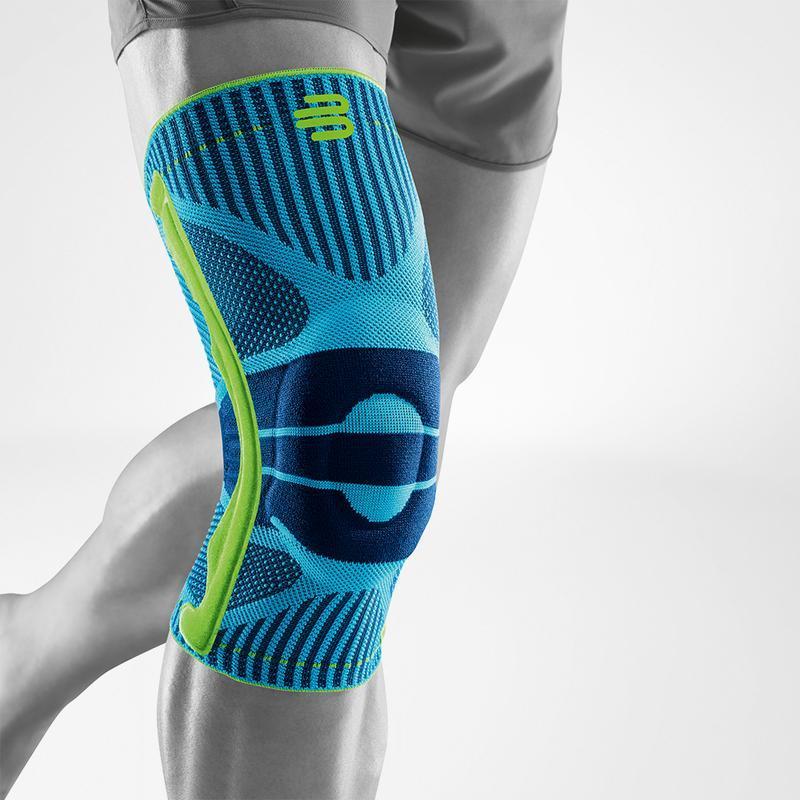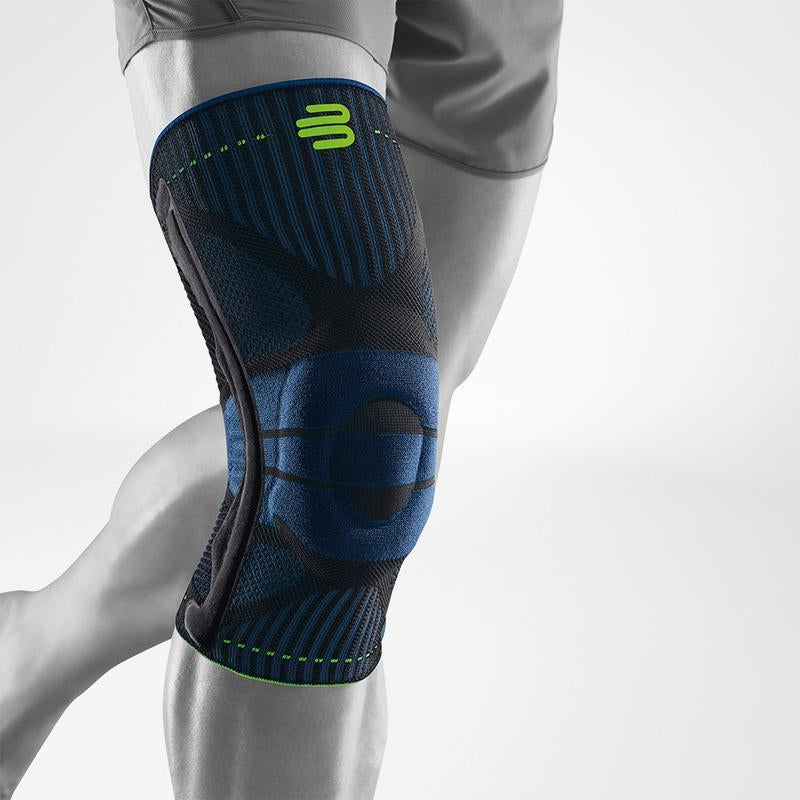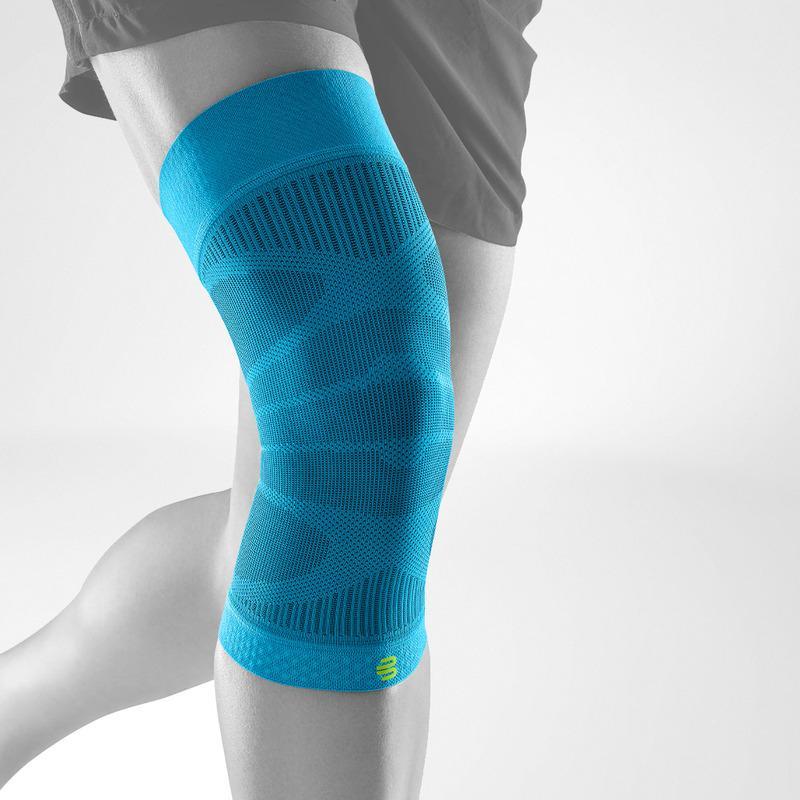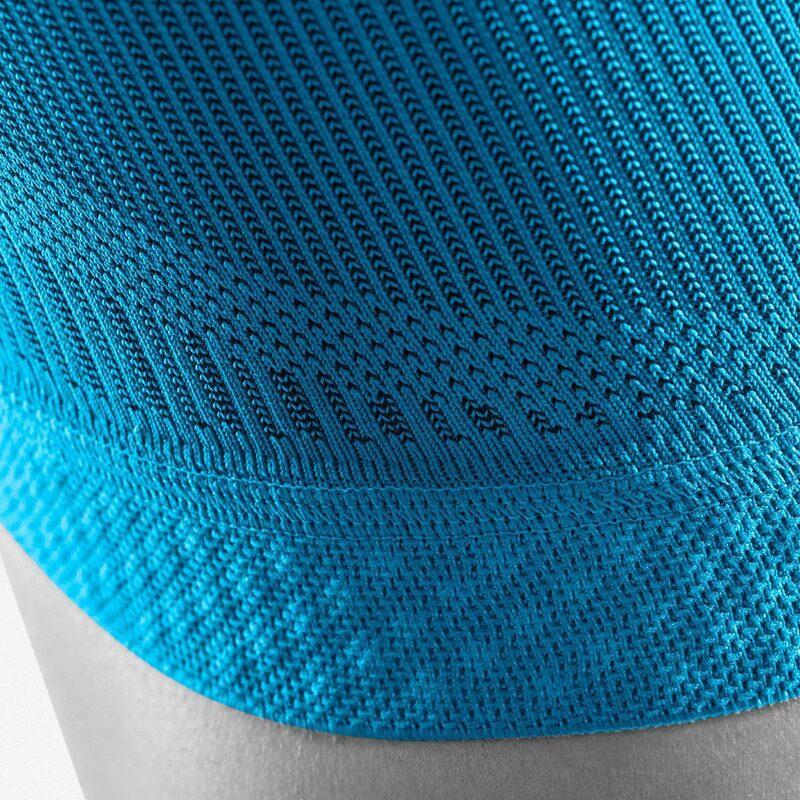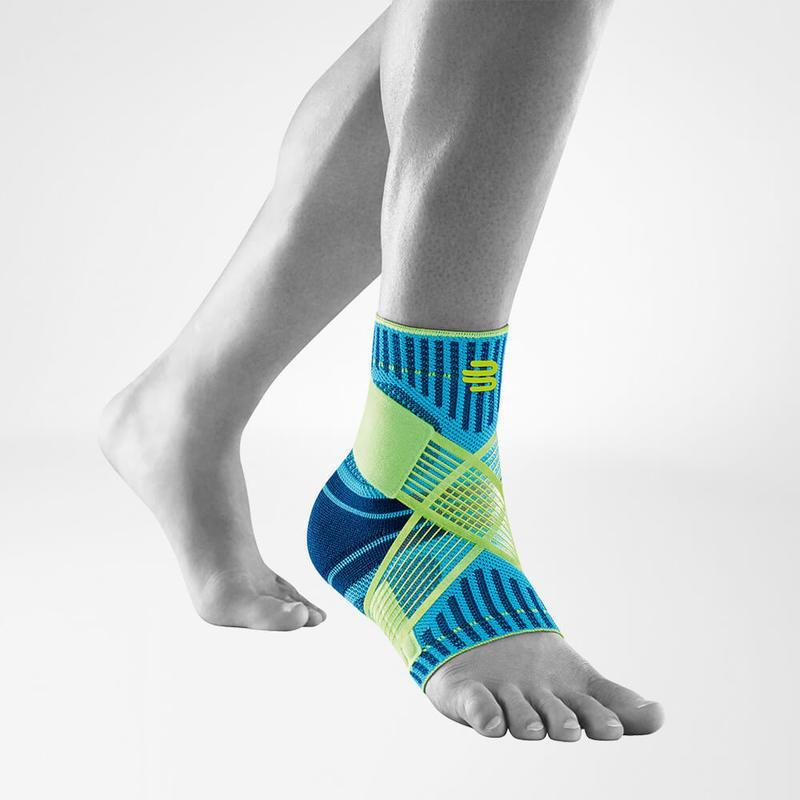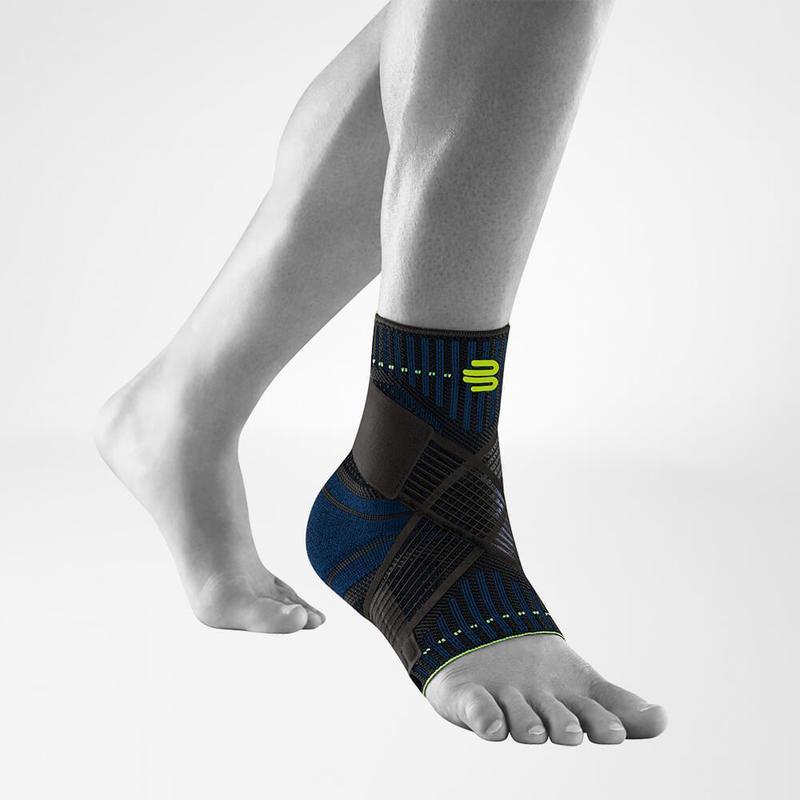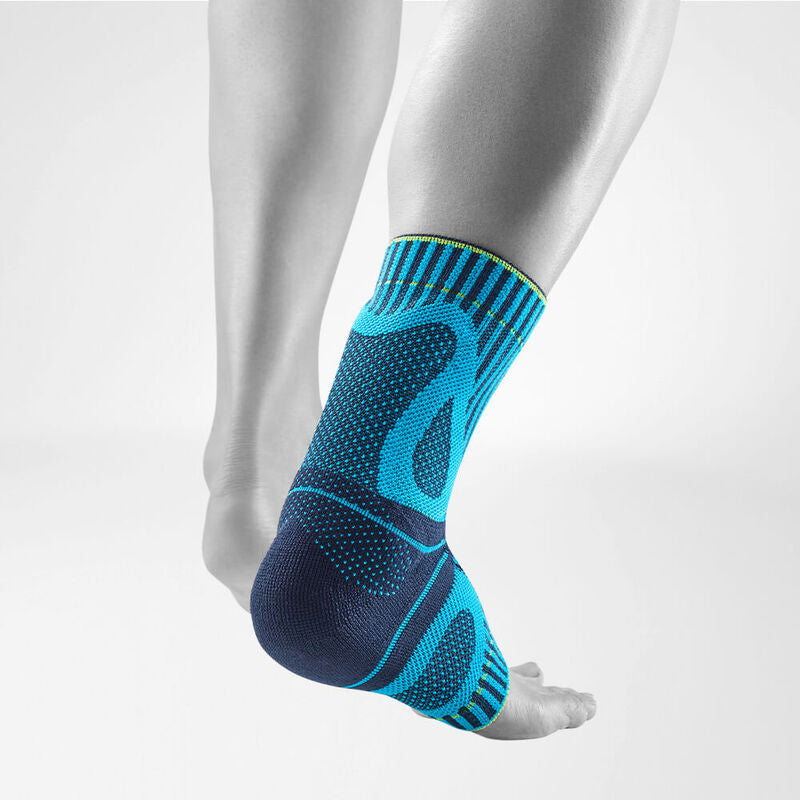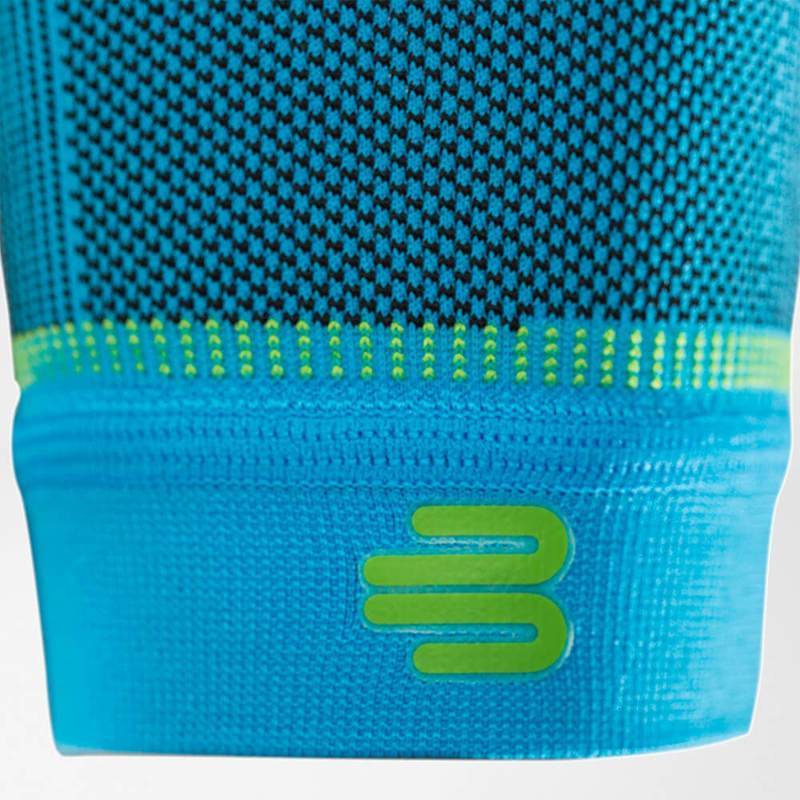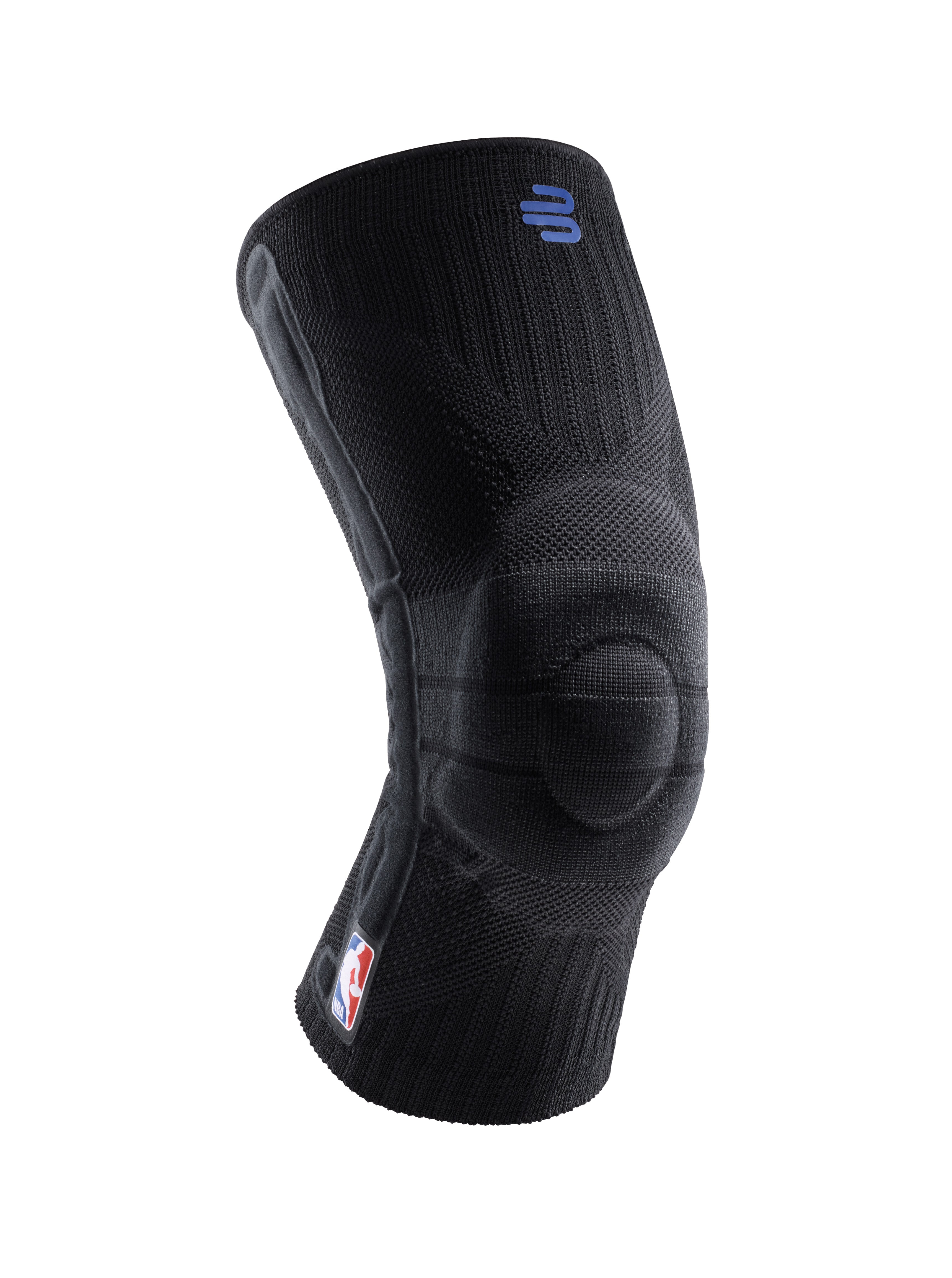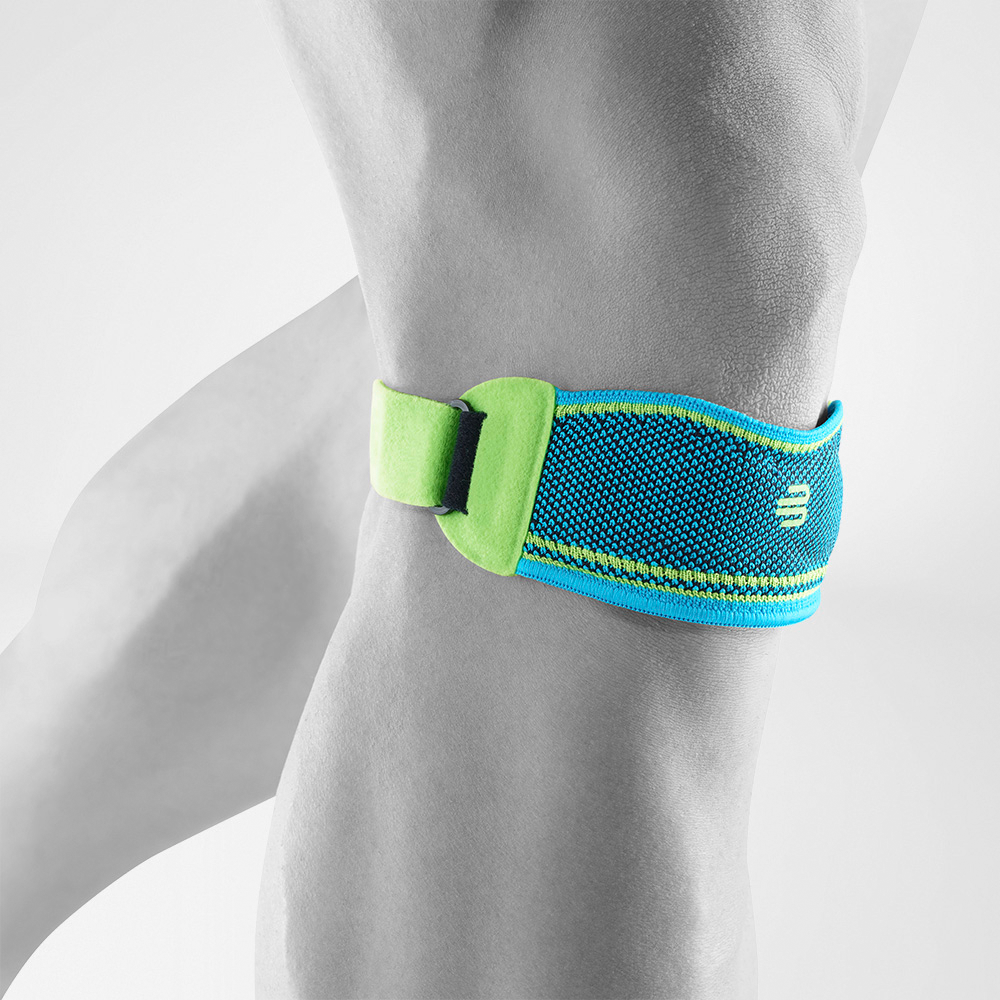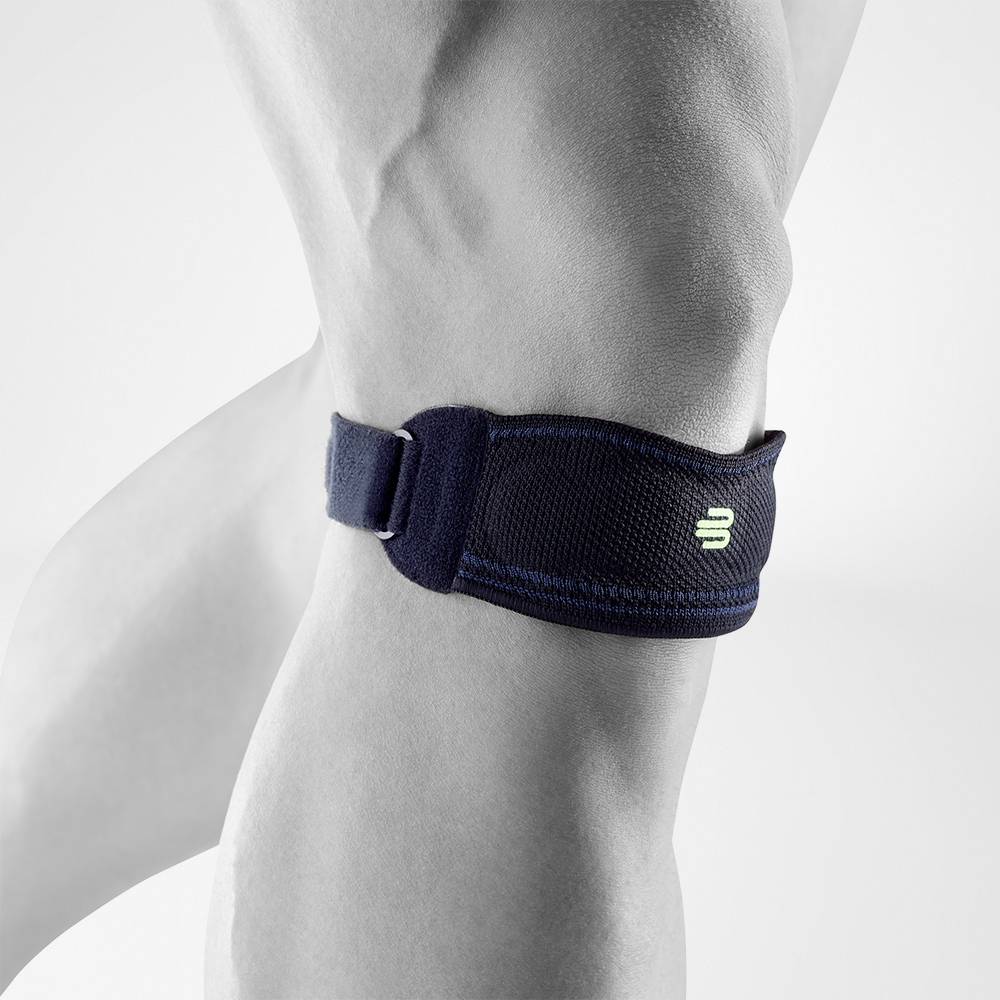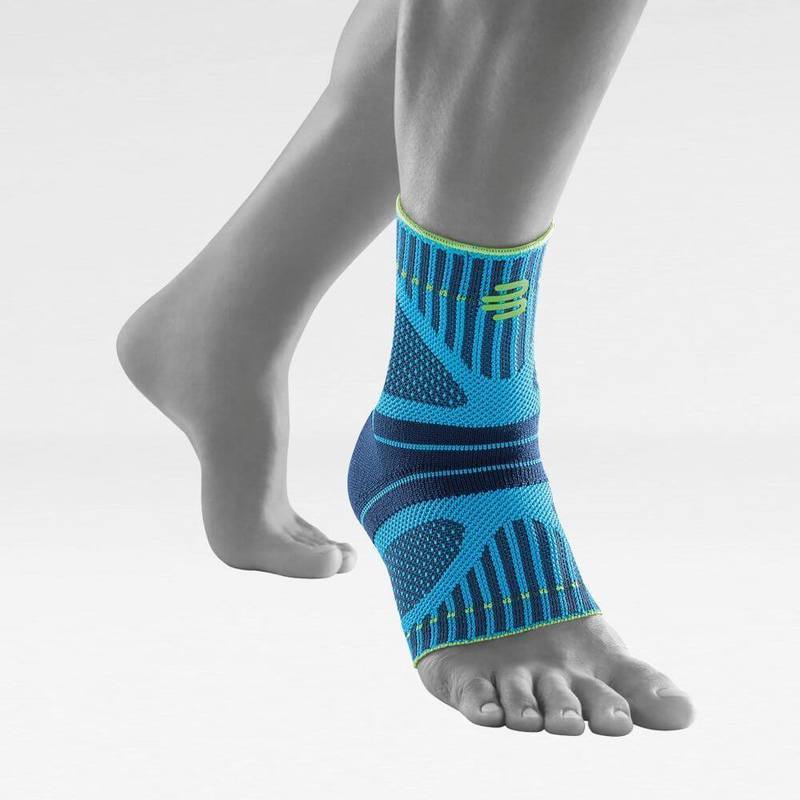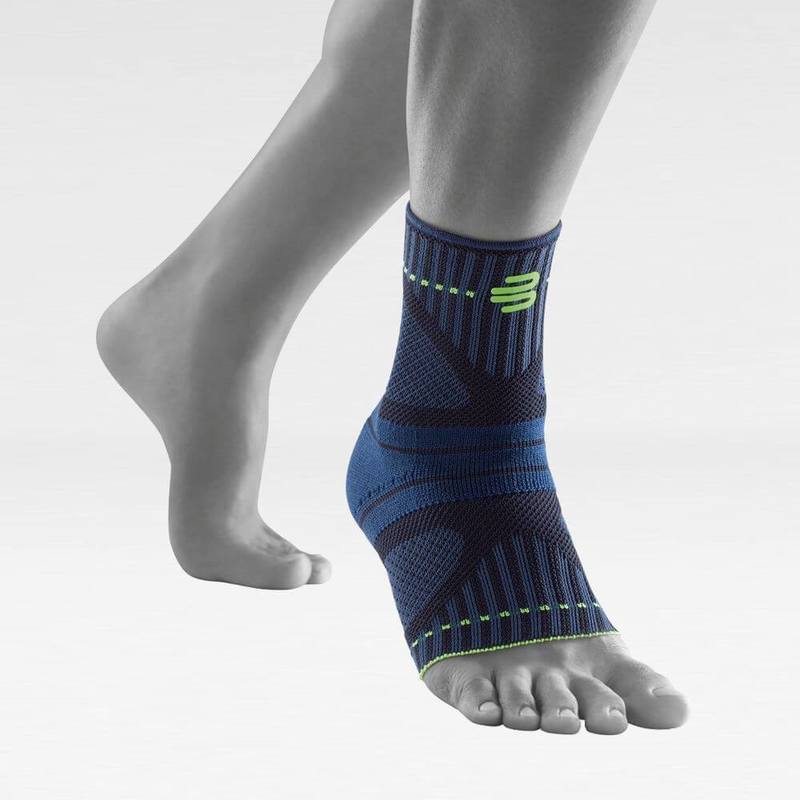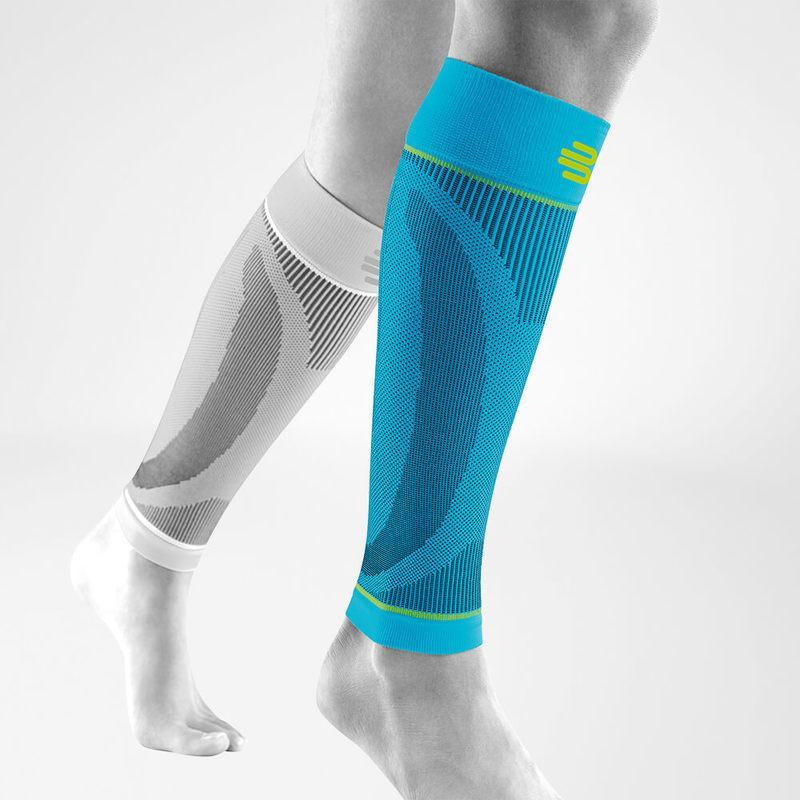You’ve made the decision to run your first marathon—Go for it! You may have even signed up and set a date for the big day! But before you start training, it’s essential to create a structured marathon training plan.
When it comes to marathon training, whether you're a fitness enthusiast or a newcomer, everyone has their own idea of the best approach. At BAUERFEIND®, we’ve summarized key training elements that can benefit every marathon beginner.

1. Base Runs
Base runs lay the foundation for your marathon training and make up the majority of your total mileage. As part of your training, you should gradually increase your running distance, eventually reaching close to marathon length (up to 35–40 km).
Base runs are done at a relatively slow pace—typically 1 to 1.5 minutes slower than your target race pace. Your heart rate should remain within 70–80% of your maximum heart rate.

2. Long Runs
As an extended form of base running, long runs are crucial for improving your aerobic endurance—teaching your body to efficiently use its energy stores.
To complete a marathon successfully, your body must learn to burn fat as an energy source before relying on carbohydrates. Long runs also strengthen your cardiovascular system, enhance oxygen delivery to muscles, and prepare your bones and tendons for the stress of a long-distance race.

3. Medium-Long Runs
Medium-long runs typically range between 5 to 20 km and are faster than base runs. They serve as a transition between basic endurance training and race performance.
- From a physiological perspective, medium-long runs cross the threshold between aerobic and anaerobic zones.
- From a runner’s perspective, you should be able to control your pace comfortably and even push faster if desired.
- Your heart rate should remain at 80–85% of your maximum heart rate.
Some experts further divide medium-long runs into "easy" and "fast" variations, with the latter having a slightly higher heart rate.

4. Recovery Runs
As the name suggests, recovery runs are designed to help your body recover after tough training sessions such as interval runs or tempo runs. They are also ideal for the three to four weeks following a marathon, when you should focus on regaining strength and repairing minor muscle damage rather than resuming full training intensity.
- Recovery runs are the slowest type of training and should feel completely relaxed.
- Your heart rate should stay below 65% of your maximum heart rate.




